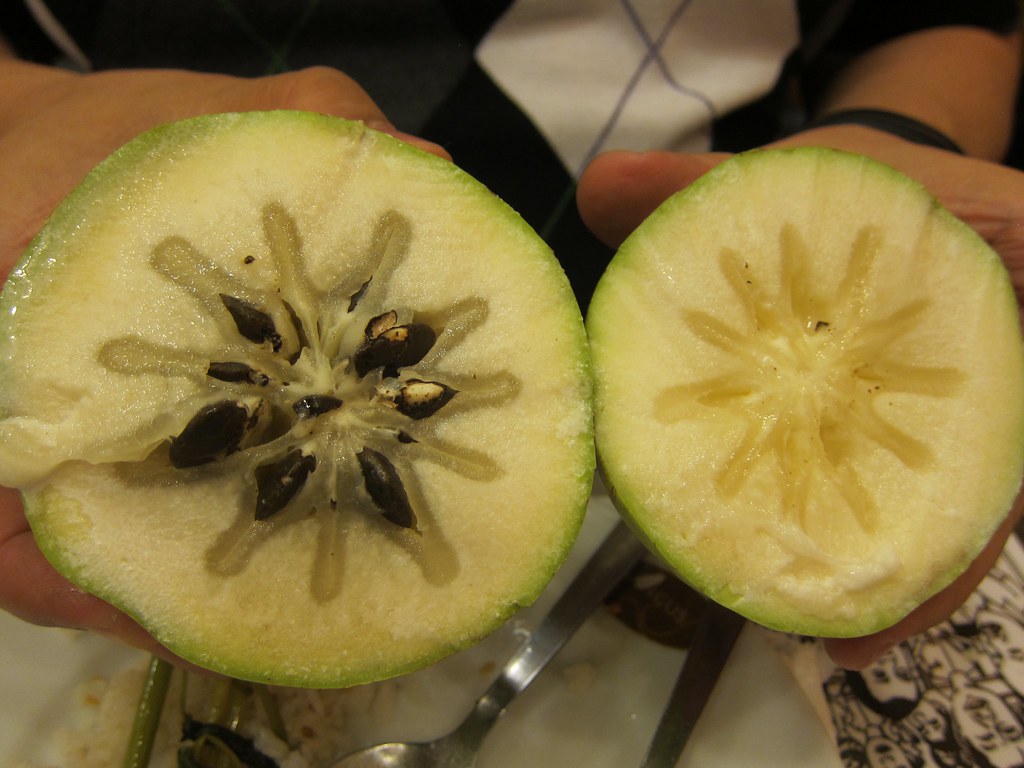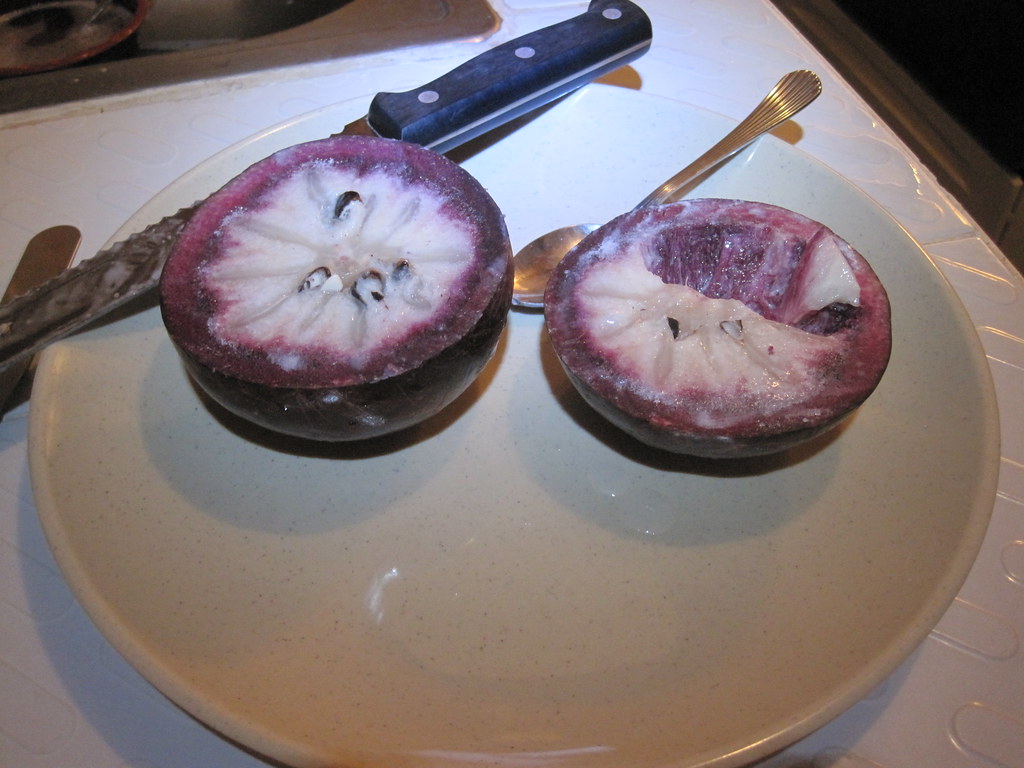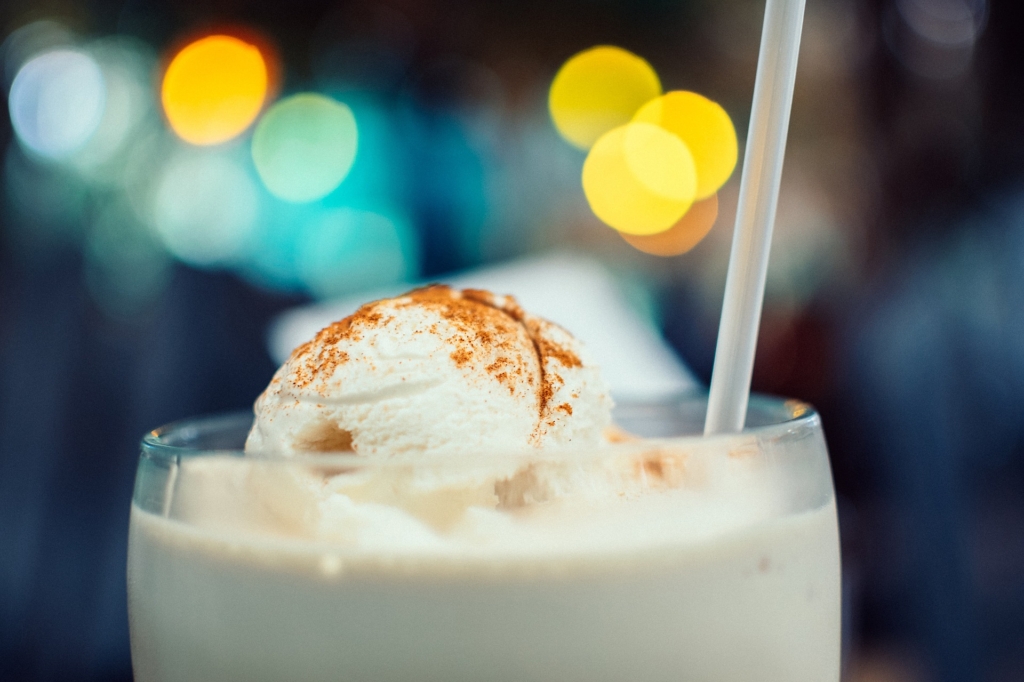Chrysophyllum cainito, or star apple, comes from a tropical American tree from the same family as Sapodilla. There are innumerable regional names that the star apple has acquired for itself. It is a unique and tropical fruit with a sweet, juicy interior.
History of Star Apple
The star apple is believed to have been first discovered by the Spanish explorer Cieza de Leon who found it growing in Peru in the early 1500s. It was, however, enjoyed for centuries by native Peruvian peoples long before the Spanish ever invaded. Later this fruit was known widely in countries like Panama, the Philippines, the Caribbean, Guatemala, Zanzibar, and the warmer regions of India.
Later the United States Department Of Agriculture began harvesting star apples first in Florida and then in Hawaii after collecting seeds from Jamaica.

Appearance of Star Apple
The star apples are usually round in shape and they can range up to two to four inches in diameter. They have leathery, smooth, and velvety skin and their color can differ from purple to red or green to yellow depending on the variation.
When the fruit is purple then the inner part of the fruit will appear to be dark purple whereas if the fruit is green then it will be white.
Flavor of Star Apple
The flavor of the star apple is like a sweet grape crossed with lychee, apple, and persimmon. They have a creamy, pulpy, tropical-like flavor with a jelly-like texture of fruit inside.

Star apples that have comparatively fewer seeds have better flavor. An over ripened star apple may look dull and wrinkled.
Star apples are generally cultivated during the late winter or early spring or summer. Unlike some fruits, these star apples do not fall on their own but instead, must be picked from the tree once ripened.
Culinary Benefits of Star Apple
Star apples are an adaptable fruit and can add a unique zest to any dish. The soft, pulpy, creamy, jellylike flesh that they contain makes it easily scoopable and can be enjoyed raw.

They are also suitable for jams, jellies, candies, and can also be used in charcuterie as their sweet flavor plays nicely with meat and cheese. The fruit tastes best when the pulpy flesh is served cold with parfaits, beverages, green salads as well as fruit salads in sorbets.
The flavor of the fruit blends well with other items like oranges, whipped cream, condensed milk, mango, and coconut milk.

Storage
Star apples once they are over ripe they might look dull and wrinkled. When the fruit is not ripe, store it in a warm place, as star apples prefer warm and tropical climates and are intolerant towards frosty weather. Once the fruit is fully ripe make sure to refrigerate it. If star apples don’t grow where you live, you can always order them online.
Feature Image: Flickr user fruitGloss ( CC BY-ND 2.0 )



